Raised Bed For Dwarf Trees
nyboy
9 years ago
Related Stories
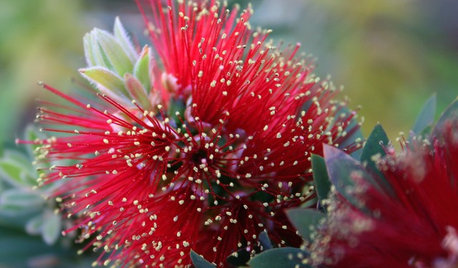
GARDENING GUIDESGreat Design Plant: Velvety Dwarf Bottlebrush Beckons a Touch
Brilliant red blooms and inviting textures will capture your heart, but the low maintenance and small size will win over your practical side
Full Story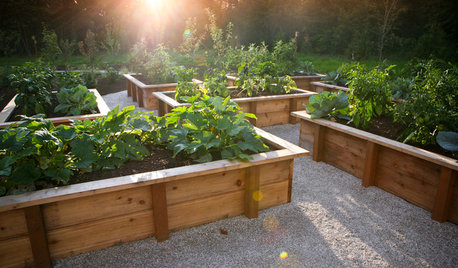
GARDENING AND LANDSCAPINGRaised Beds Lift Any Garden
From good old-fashioned wood garden boxes to modern metal troughs, raised beds can make any landscape space look great
Full Story
FARM YOUR YARDHow to Build a Raised Bed for Your Veggies and Plants
Whether you’re farming your parking strip or beautifying your backyard, a planting box you make yourself can come in mighty handy
Full Story
SPRING GARDENINGInspiring Raised Beds for Fall and Spring Planting
Make Your Next Vegetable Garden Even Better with Beautiful Boxes and Paths
Full Story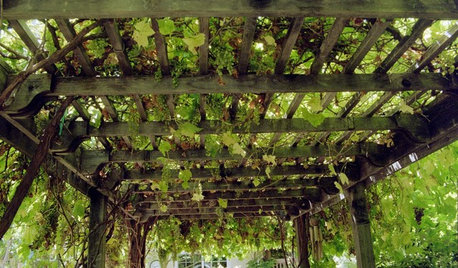
GARDENING AND LANDSCAPINGVertical Gardens Raise the Limits for Landscapes
Turn a small garden space into a towering success with an upward-bound collection of edible delights
Full Story
LANDSCAPE DESIGNPretty Trees for Patios, Paths and Other Tight Spots
Choose trees for their size, shape and rate of growth — or shape them to fit your space. Here's how to get started
Full Story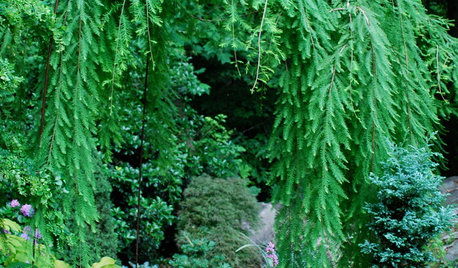
LANDSCAPE DESIGNThe Weepers and the Creepers: 10 Intriguing Trees for Your Garden
Bring something a little different to your landscape with a tree that dives, twists or crawls
Full Story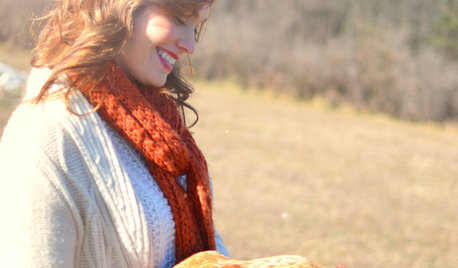
GARDENING AND LANDSCAPINGRaise Backyard Chickens Without Ruffling Neighbors' Feathers
Before you build a coop in the backyard, follow these strategies to help keep your neighbors from squawking
Full Story
WINDOW TREATMENTSRoller Shades Raise the Curtain on Style
The humble window treatment is stealing the scene with fresh patterns, color and pizzazz
Full Story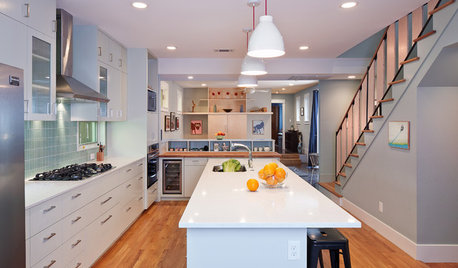
HOUZZ TOURSHouzz Tour: A Radical Reconstruction Raises an Austin Home
With a new second floor and some room swapping downstairs, this 1935 Texas bungalow now fits an architect and his family beautifully
Full Story







clarkinks
alan haigh
Related Professionals
Forest Park Landscape Architects & Landscape Designers · Ilchester Landscape Architects & Landscape Designers · Milwaukee Landscape Architects & Landscape Designers · Oatfield Landscape Architects & Landscape Designers · Tomball Landscape Architects & Landscape Designers · Paradise Landscape Architects & Landscape Designers · Allentown Landscape Contractors · Buford Landscape Contractors · Gainesville Landscape Contractors · Wilmington Landscape Contractors · Canby Landscape Contractors · Fort Myers Landscape Contractors · Mount Kisco Landscape Contractors · View Park-Windsor Hills Landscape Contractors · Hawaiian Gardens Landscape Contractorsclarkinks
jbraun_gw
nyboyOriginal Author
ztom
alan haigh
nyboyOriginal Author
Fascist_Nation